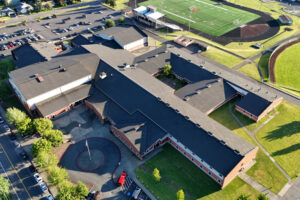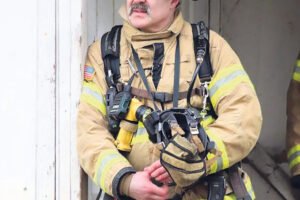A proposed ordinance would require that fire sprinkler systems be installed in all newly constructed one- and two-family residential dwellings, and town homes constructed in Camas.
If approved by the City Council during its April 4 meeting, the new rule would apply only to new construction and would not require the retrofitting of any existing dwellings. Exempt from the law would be mobile homes and manufactured homes.
According to city officials, even without this ordinance in place Camas already has one of the highest rates in the state of fire sprinkler installation in new residential construction.
“We manage to get fire sprinklers installed mandatorily in almost all new construction because of our fire code,” said Fire Chief Nick Swinhart during the March 7 City Council workshop. “It has to do with certain things like access to water, access and egress to fire vehicles and road width.”
Right now there are approximately 2,000 homes in Camas equipped with residential sprinkler systems.
“It wouldn’t be a major change for us. We already get sprinklers installed in over 90 percent of new construction anyway,” Swinhart explained. “It would be a very small change. But it would be really cool, as far as I’m concerned, to get our names on the list with cities like Olympia and some of the bigger ones up north in King County that have had ordinances like this on the books for several years.”



